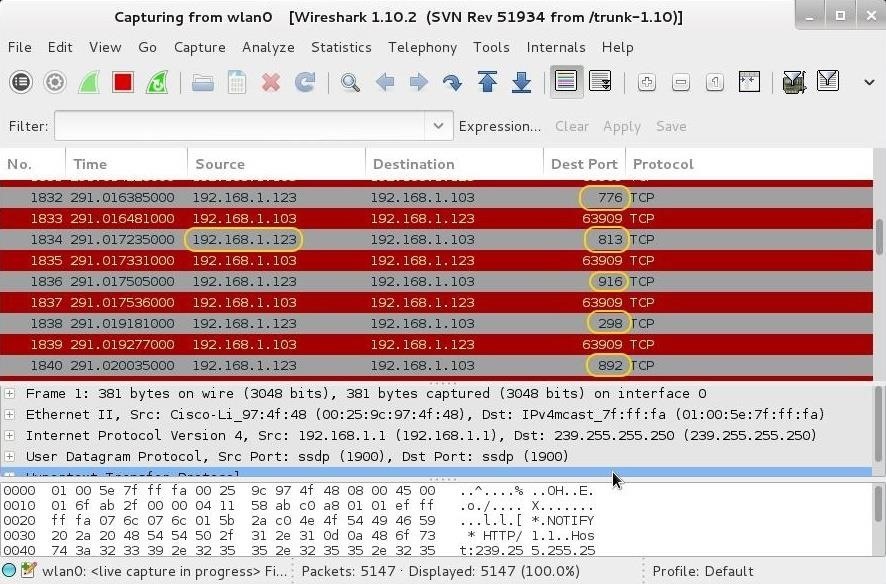Fighting Cyber Harassment
How do I stop my harassers?
There are multiple ways to go about doing this. The first thing you should do if you are receiving any kind of serious abuse is to report the person harassing you to website or chat group admins, community support, school staff, or other authorities and talk to a close loved one like a parent or partner about it for emotional support and safety. If the abuse is serious enough to warrant an arrest - like in the case of swatting, DDoS attacks, stalking, or sexual harassment, file a report to the appropriate FBI center in your area and the area of your harasser, if known (Note: You may need to refresh the page for options to load). Remember, in the case of immediate danger, call the emergency number in your country. Finally, block the harrassers to prevent further abuse. In the case of cyberstalkers, you must not publicly acknowledge or confront rumors from your harassers. If you keep going about your routine and continue to show positivity with your brand online, your cyberstalkers will eventually get bored and move on. Log out if you have to. Just don't give them the satisfaction of knowing they got to you!

You can block and report any user on almost every platform
How do I save my reputation?
Unless you live in Europe and make use of their "right to be forgotten" laws, you cannot remove search results from Google if they contain bad things about you such as the kind of gossip thrown around by cyberstalkers. However, what helps push these negative results down is using social media more actively in positive ways for your brand. The more websites you have an active profile on, the more spots these profiles will take at the top of search results.
How do I remove my sexually explicit photos from the Internet?
If any nude or sexually explicit photos of you have been leaked, you must report abuse the account of the poster and email support. To remove such content from appearing in search results of your name, use Google's web search troubleshooter to remove your "sensitive personal information, like your bank account number, or an image of your handwritten signature, or a nude or sexually explicit image or video of you that’s been shared without your consent, from Google search results". If problems persist, report the case to the FBI.
What do I do if I get swatted?
If you get swatted, make sure to remain calm and cooperate with law enforcement by following their exact instructions. When you are able to speak, explain the entire situation and how you got swatted. Make sure to follow up with an FBI report to have the case investigated and the swatter charged and arrested.
What do I do if my private information has been leaked online?
First change or remove all your public-facing personal information like address and full name on all your website profiles that others can see. Next, search different combinations of your address and name on Google. If you find any link that contains your personal information, it will most likely be one of the many annoying "online directory services" websites like WhitePages, Spokeo, and InstantCheckmate or your outdated profile with your information still unchanged in the page description. Go to each of these people directory websites and request the removal of your information by emailing them and following their steps to verify your identity. If you do not have any easy means of removing this content, then report abuse and continue emailing support. Then, go to Google's outdated search results tool to request the removal of links to deleted pages and content in search results. To remove images that no longer exist from Google Images, do the same thing but with the image location link. Other search engines also have a similar tool. Also make sure to check the Internet Archive Wayback Machine to check if any of your information has been archived so you can contact them to remove it.
What do I do if I get hit with a DDoS attack?
If you suspect you're getting hit with a DDoS attack use Wireshark to monitor your network traffic. If you see a high volume of requests from one IP address, then it's probably a DDoS attack. Write down the time when it happened and who did it and compile evidence like messages, screenshots, and audio or video if possible to report them to the FBI. Next, call your Internet Service Provider (ISP) to tell them what happened and request your IP to be changed. Next, block the perpetrator of the attack and avoid interacting with them or being in the same game as them again. Finally, take active measure to secure your IP address like taking more precautions and purchasing a better router so it does not happen again in the future.

Wireshark being used to identify DDoS attack
How do I prevent cyber harassment?
To read more about this, go to the page about cyber harassment prevention.
What do all these terms mean?
If you want to know what cyber harassment is, go to the page about cyber harassment.
